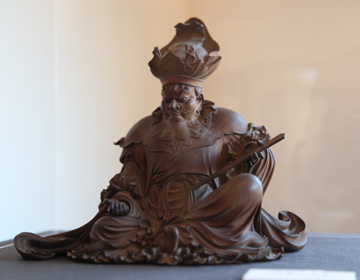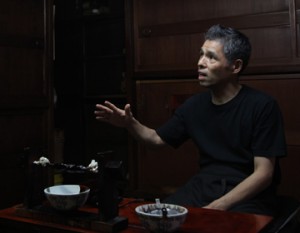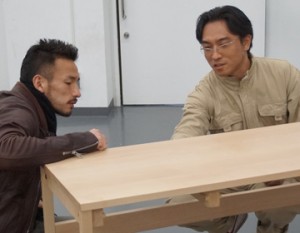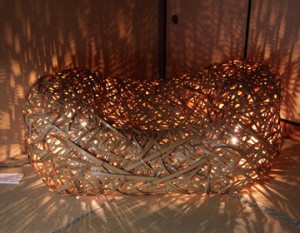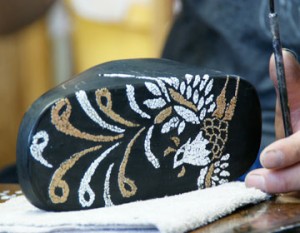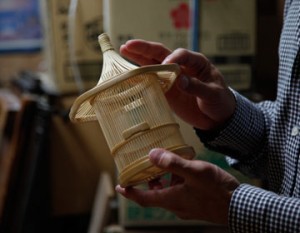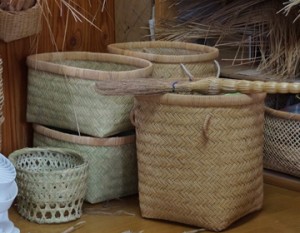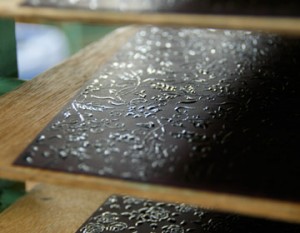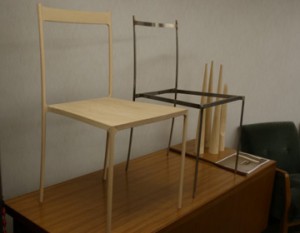Usage changing over time
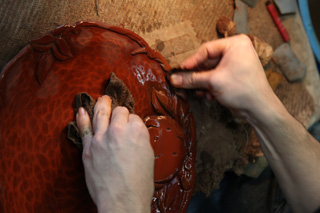
”Kamakura-bori” is an artistic handicraft that has been passed on in Kamakura from long ago. Various beauties of nature is carved into the object, then lacquered in several layers, the top layer finished with red lacquer. Nowadays, we see ”Kamakura-bori” in everyday life such as trays, cake boxes, and tea-things. Yet, ”Kamakura-bori” was applied to living ware only since the Meiji era.
”Kamakura-bori” was originally introduced from China with Zen Buddhism during Kamakura era. Influenced by the red and black lacquer work from China, sculptors of Buddhist statues and carpenters specializing in temple and shrine construction began to carve wooden objects and apply lacquer on them. Lacquer work was applied on the structures of the temple, the dais, and the ”kobo.” In other words, anything and everything regarding Buddhism was carved. The primary characteristic of ”Kamakura-bori” is its origin. During Muromachi era, tea ceremony became very popular and tea things in ”Kamakura-bori” also became popular. From Meiji-era onward, ”Kamakura-bori” begin to be applied on living ware.
Made by experts
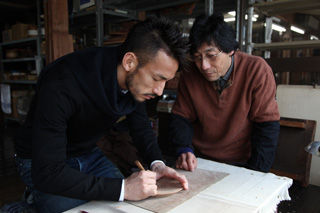
We visited Hakkodo who have been sculptors of Buddhist statues for many generations. They are an establishment of long standing who put effort into creating ”Kamakura-bori” pieces since Meiji era and even have exhibited their works at Exposition Universelle in 1889.
We visited their workshop. All the processes, such as carving, coating, and polishing are done by division of labor. There are basically seven stages of which each stage is handled by an expert. Nakata tried the first stage, ”carving”. He tried to carve the rough sketch at the center of the tray but the wood is too hard for him to carve. The knife did not move like Nakata wanted it to, unlike the craftsman who was vigorously carving out the wood. This experience was enough for Nakata to sense the intense atmosphere of how the craftsmen works with the material, and why he is the expert craftsman.
It has been 800 years since the Kamakura era. ”Kamakura-bori” was first created as items related to Buddhism culture, and now they are used as everyday utensils. Its history is supported by the longstanding artisanship of the craftsmen.



